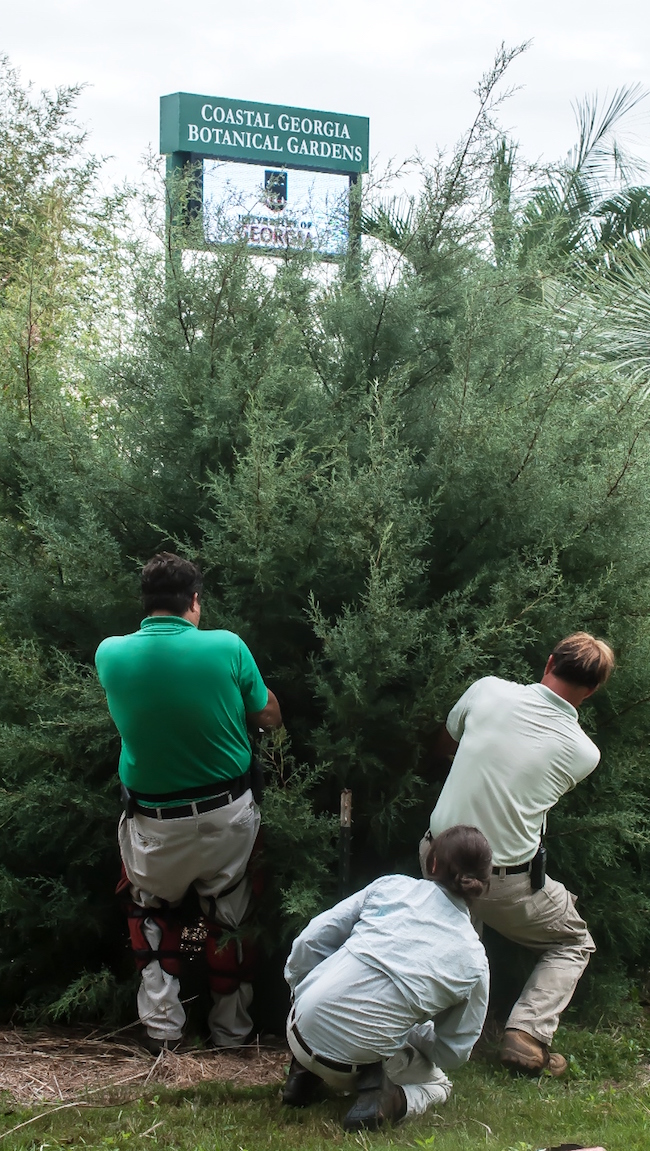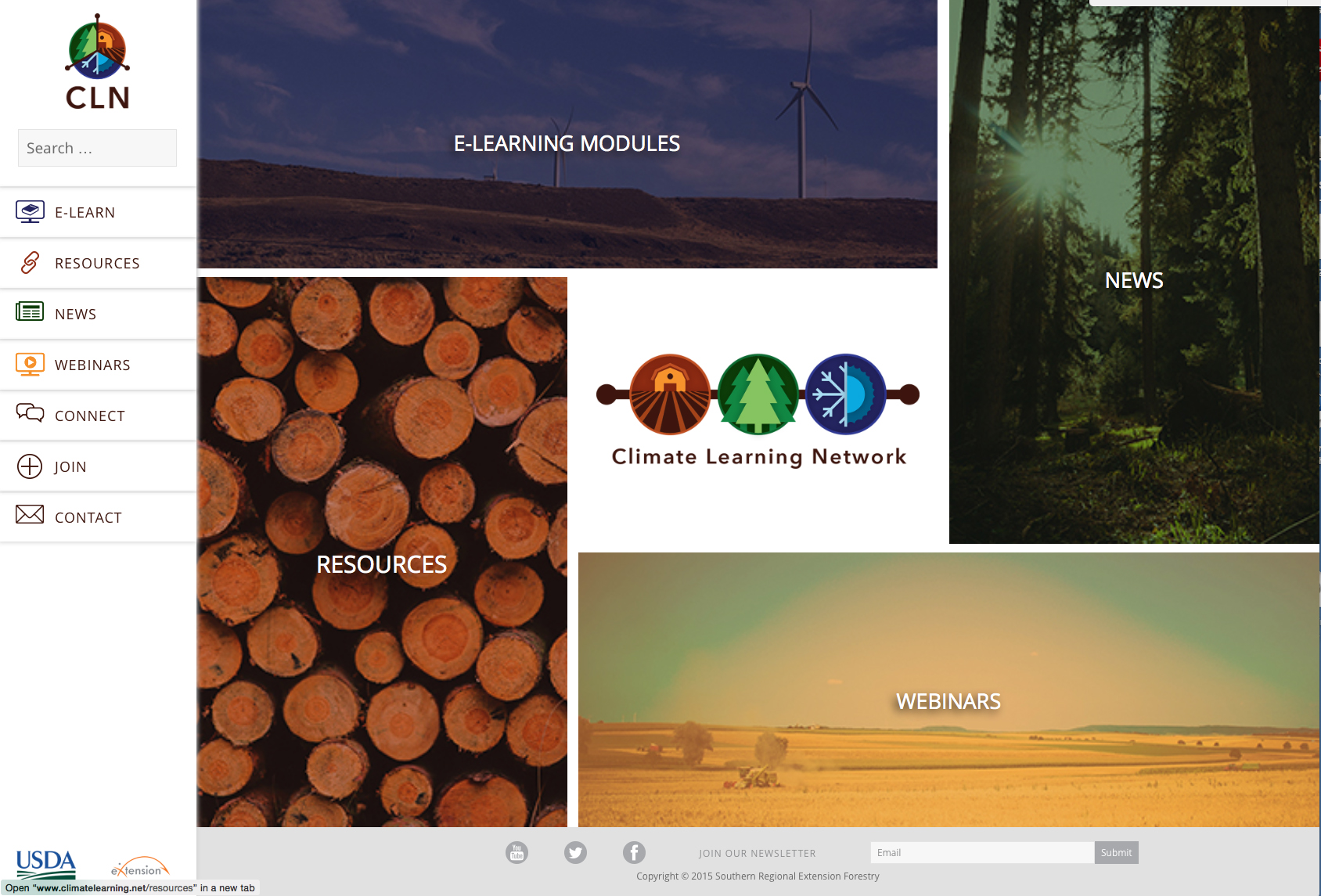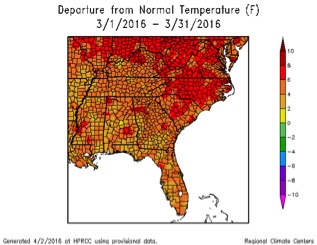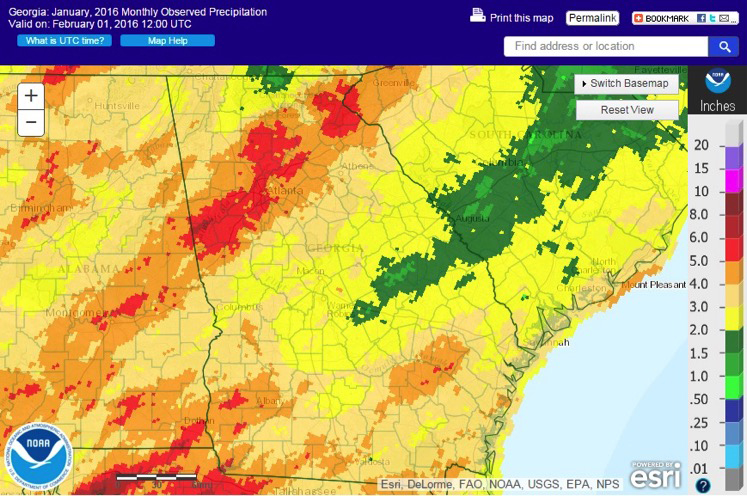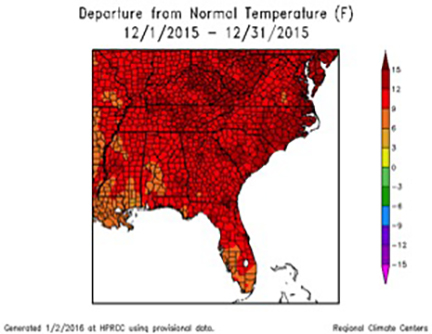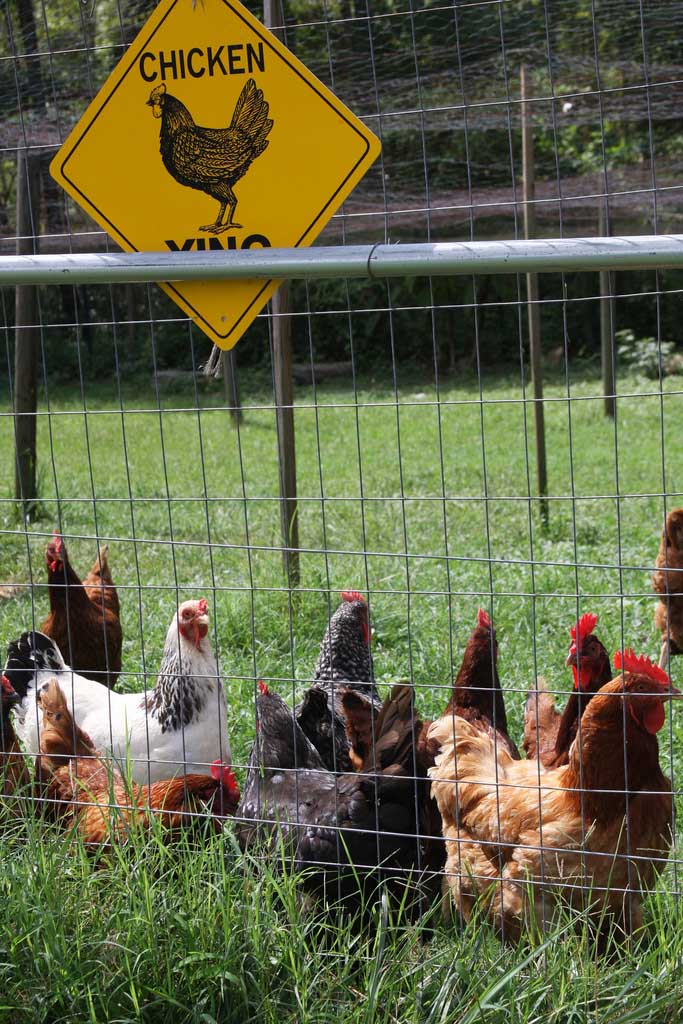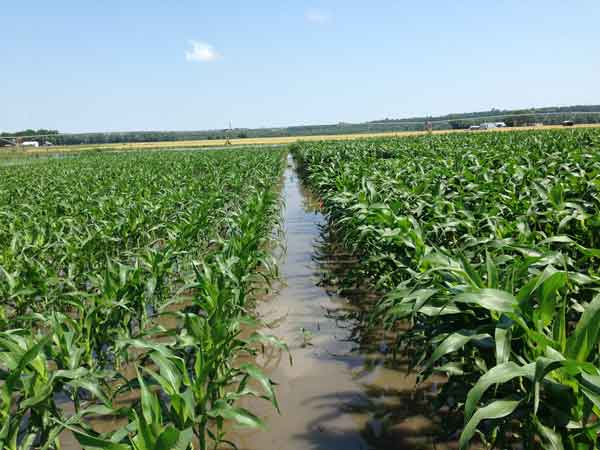 CAES News
CAES News
Wet soil
Rainfall from Hurricane Matthew has left soil in coastal south Georgia completely saturated. Rainy conditions like these wreak havoc on gardeners and farmers who need to do yard or field work. In many cases, the best way to deal with the situation is to wait for drier conditions.

